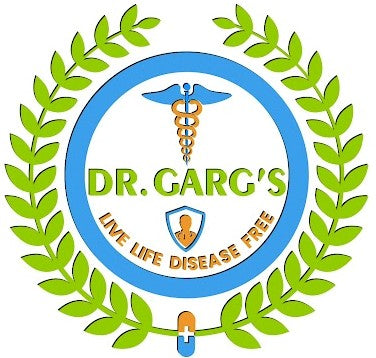LBA & Degeneration
Overview of Lower Back Pain (LBA) & Degeneration: Causes, Symptoms, Diagnosis, and Homeopathic Treatment

Introduction:
Lower back pain (LBA) and degeneration are common musculoskeletal conditions that can significantly impact a person's quality of life. LBA refers to pain or discomfort in the lumbar region of the spine, while degeneration refers to the gradual wear and tear of the spinal structures. In this article, we will provide an overview of LBA and degeneration, including their causes, symptoms, diagnosis, and discuss the potential of homeopathic treatment in managing these conditions.
Understanding Lower Back Pain (LBA)
LBA is a prevalent condition affecting people of all ages. It can result from various factors, including poor posture, muscle strain or sprain, herniated discs, spinal stenosis, osteoarthritis, or traumatic injuries. The pain can range from mild to severe, and it may be accompanied by stiffness, muscle spasms, or limited mobility.
Understanding Degeneration
Degeneration refers to the natural aging process that affects the structures of the spine, such as the intervertebral discs, facet joints, and ligaments. As we age, the discs lose water content, become thinner, and may develop small tears. The facet joints can also experience degenerative changes, leading to joint stiffness and pain. These degenerative changes can contribute to the development of LBA.
Causes of LBA & Degeneration
1. Poor posture:
Slouching or sitting for extended periods can strain the muscles and ligaments of the lower back, leading to LBA.
2. Muscle strain or sprain:
Overexertion, improper lifting techniques, or sudden movements can cause muscle strain or sprain, resulting in LBA.
3. Herniated discs:
When the inner gel-like material of a spinal disc protrudes through the outer layer, it can compress nearby nerves and cause LBA.
4. Spinal stenosis:
Narrowing of the spinal canal due to age-related changes or conditions like arthritis can put pressure on the spinal cord and nerves, leading to LBA.
5. Osteoarthritis:
Degenerative changes in the joints of the spine can cause inflammation, pain, and stiffness in the lower back.
6. Traumatic injuries:
Accidents or falls can cause fractures, sprains, or strains that result in LBA.
7. Genetic factors:
Some individuals may have a genetic predisposition to developing degenerative changes in the spine, leading to LBA.
Symptoms of LBA & Degeneration
The symptoms of LBA and degeneration can vary depending on the underlying cause, but common symptoms include:
- Persistent or intermittent lower back pain
- Stiffness or reduced range of motion
- Muscle spasms in the lower back
- Radiating pain or numbness in the legs (sciatica)
- Weakness or difficulty walking
- Pain that worsens with activity and improves with rest
Diagnosis of LBA & Degeneration
To diagnose LBA and degeneration, healthcare professionals may perform the following:
1. Medical history assessment:
The doctor will inquire about symptoms, duration, and any previous injuries or conditions.
2. Physical examination:
The physician will examine your back, check your range of motion, and assess any signs of nerve involvement.
3. Imaging tests:
X-rays, MRI scans, or CT scans can provide detailed images of the spine, helping to identify degenerative changes, herniated discs, or other structural abnormalities.
4. Nerve studies:
Electromyography (EMG) or nerve conduction studies (NCS) may be conducted to evaluate nerve function and rule out nerve-related causes of LBA.
Homeopathic Treatment for LBA & Degeneration
Homeopathy is a holistic system of medicine that aims to stimulate the body's innate healing capacity. Although individualized treatment is essential in homeopathy, the following remedies may be considered for LBA and degeneration:
1. Rhus toxicodendron:
Useful when LBA is aggravated by initial movement and improves with continued motion. It can also help with stiffness and muscle pain.
2. Bryonia alba:
Beneficial for LBA that worsens with any motion and improves with rest. It may help relieve stiffness and inflammation.
3. Kali carbonicum:
Indicated for severe LBA with weakness and numbness in the lower back. It may provide relief from pain that worsens with sitting.
4. Hypericum perforatum:
Useful when LBA is accompanied by shooting or radiating pain along the nerves. It may be beneficial for nerve-related symptoms.
5. Arnica montana:
Often used for LBA resulting from traumatic injuries or overexertion. It may help reduce pain, swelling, and bruising.
Conclusion
LBA and degeneration can cause significant discomfort and affect one's daily life. Identifying the underlying causes, recognizing the symptoms, and seeking appropriate diagnosis are crucial for effective management. While homeopathy offers potential in the treatment of LBA and degeneration, it is essential to consult Dr. Garg’s Clinic for personalized treatment plans. Remember to discuss your symptoms and concerns with Dr. Garg, a qualified homeopathic practitioner to receive proper guidance and care for your condition.
